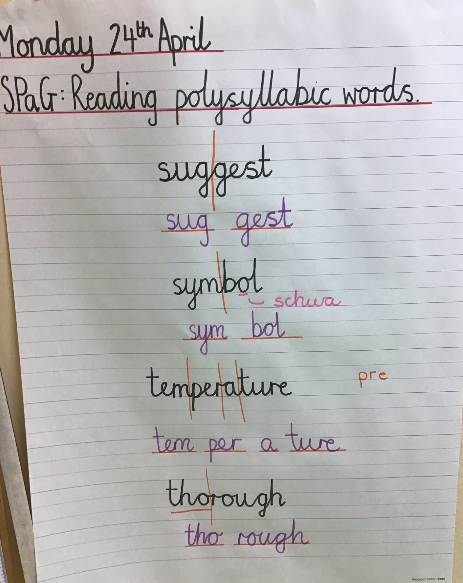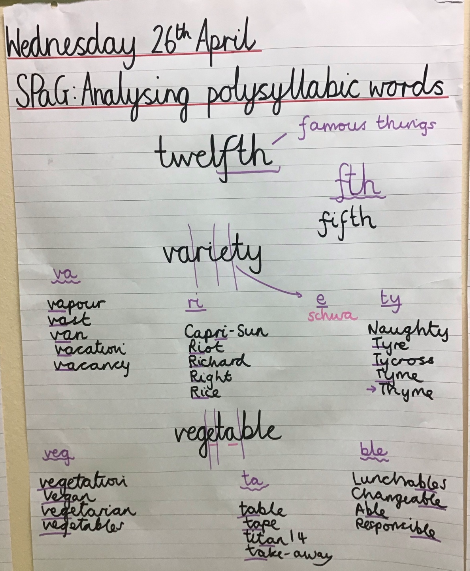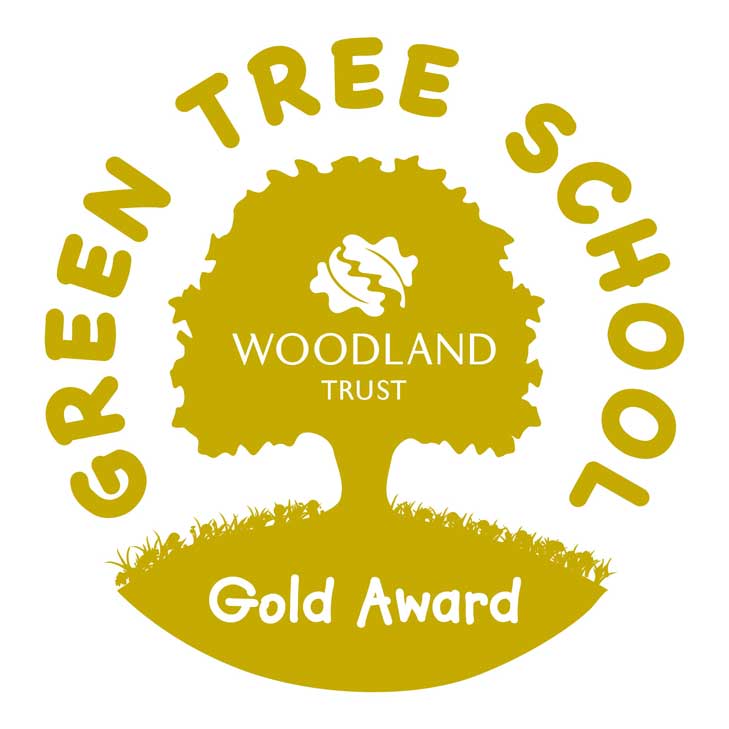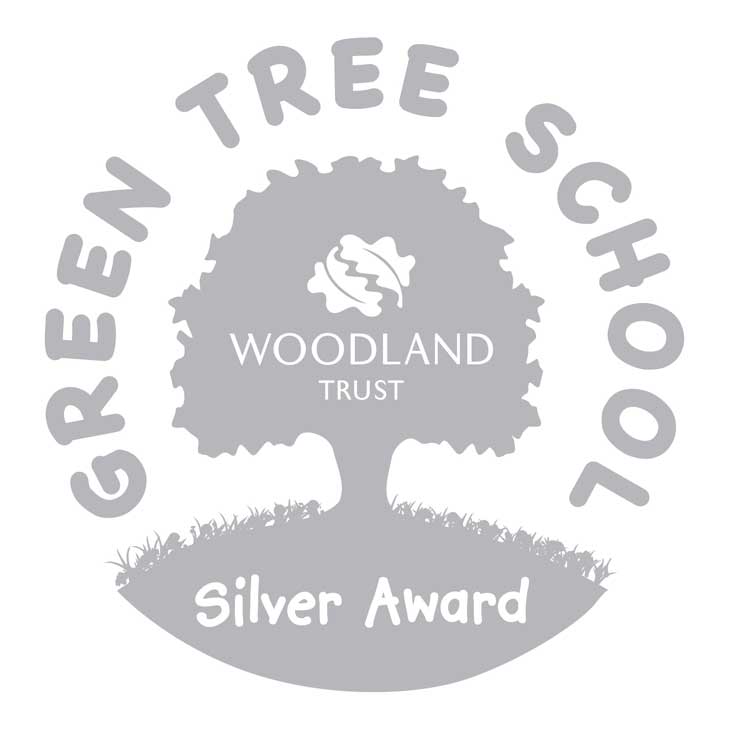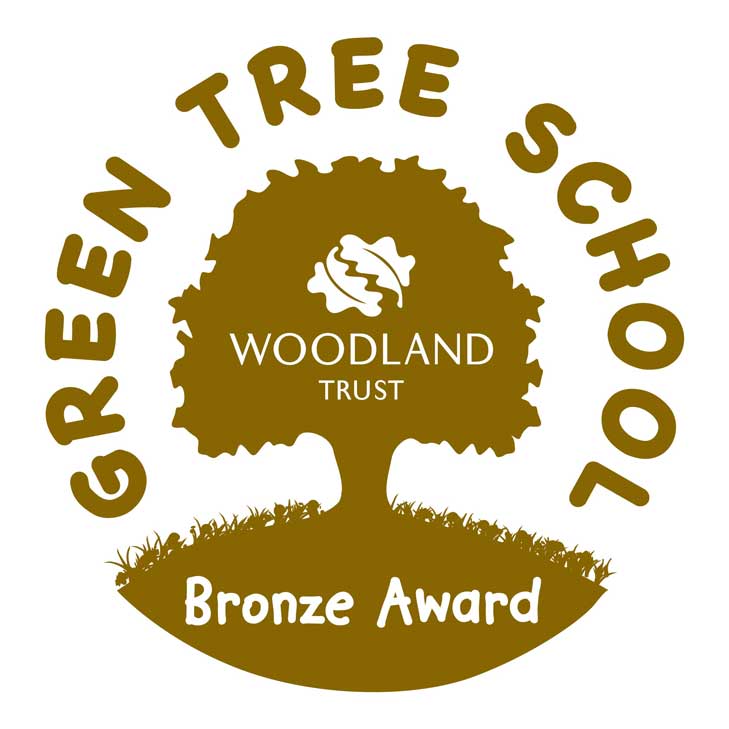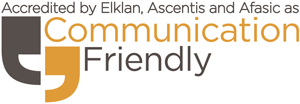
At Attenborough School, we use the highly deemed Sounds-Write phonics programme to teach our children to read, spell and write. Sounds-Write is a systematic synthetic phonics (SSP) programme, which in July 2022, was validated by the Department of Education.
Sounds-Write is an effective, evidenced-informed linguistic phonics programme, which teaches pupils to read, spell and write because it starts from what all children know from a very early age-the sounds of their own language. It is a sound to print linguistic phonics approach and can be applied to a whole class, small group or 1:1 session. From the beginning, it takes the children in carefully sequenced, incremental steps and teaches them how each of the 44 sounds in the English language can be spelt.
The children are taught to become effective readers through explicit teaching and practice of the following:
Skills
- Blending (push sounds together to make words)
- Segmenting (separate sounds in words)
- Phoneme Manipulation (take sounds out and put sounds into words)
Concepts
- Letters are symbols that represent sounds
- Sounds can be spelled using 1,2,3 or 4 letters
- The same sound can be spelled in more that one way (rain, break, gate, stay)
- Many spellings can represent more that one sound (head, seat, break)
The words used in the teaching process and the conceptual knowledge of how the alphabet code works are introduced from simple to complex, supported by the fundamental principles of psychological learning theory. The ‘Initial Code’ is first introduced to children using simple but real and concrete words (one sound, one spelling), CVC words (Consonant, Vowel, Consonant); children quickly learn to read and spell words such as ‘mat’, ‘mum’ and ‘jam’.
When all the single-letter sound spelling correspondences have been introduced and established, Sounds-Write introduces the concept that some sounds can be spelt with the two, three- and four-letter spellings.
The programme progresses on from using one syllable words (cat, bin, sit) and is carefully increased through a variety of VCC, CVCC, CCVC, CCVCC and CCCVC words, such as: ‘elf’, ‘band’, ‘swim’, ‘trust’ and ‘scrub’.
As the programme progresses into the ‘Extended Code’, two, three- and four-letter spellings of the vowels are introduced and children are taught how to read and spell polysyllabic words, starting with simpler two syllable words, such as ‘handbag’ and gradually moving to the more complex words such as ‘hesitation’.
What does Sounds-Write look like at Attenborough School?
FS1 Learners:
Our youngest children in Foundation Stage 1 are exposed daily to Sounds-Write by developing the following skills:
- Speaking and listening
- Attention and concentration
- Sound discrimination and rhythm
- Phonological awareness:
- an awareness of individual sound units within words
- manipulation of sounds within words
- rhyming
- breaking words apart into syllables
FS2 Learners:
In Foundation Stage 2, the pupils have 30-minute daily phonics sessions following the clear, consistent and cumulative Sounds-Write programme, beginning with the ‘Initial Code’.
Beginning at the very start of FS2, pupils begin to learn the Initial Code, using the key skills to read and spell CV, CVC, VCC, CVCC, CCVC, CCVCC, CVCCC and CCCVC words. Sounds-Write lesson structures provide pupils with a clear structure, focusing on building words whilst teaching the key skills. Starting with one-syllable CVC words, the complexity of the word structure builds up so that pupils apply their code knowledge to monosyllabic words with up to 6 sounds. In addition to this, pupils are taught high frequency words (everyday words) which may use sounds or spellings which they have not yet seen.
Key Stage 1 Learners:
Progressing on from the Foundation Stage, The ‘Extended Code’ now promotes new opportunities to consolidate key skills and concepts, focusing on new sounds, such as vowel digraphs. Our units are taught in sections of common sounds (initial spellings), which are then consolidated and extended on (more spellings) in a systematic way. The Sounds-Write lesson structures build upon previous learning in the Initial Code (FS2), whilst extending skills and concepts. The structured and consistent approach, along with teaching with fidelity, enables pupils to learn in a way which reduces cognitive load, thus being highly effective.
Polysyllabic words in Year 1:
It is estimated that more than 80% of words in the English language are polysyllabic. As a result, all learners from the Autumn term in Year 1 (and on most occasions learners in FS2) will also be taught to read polysyllabic words. This focuses on the key principles:
Segmenting: separating words into syllables and taking each syllable in turn and segmenting into sounds.
Blending: blending sounds into syllables and in turn blending syllables into the word.
Key Stage 2 Learners:
All Key Stage 2 learners receive a 15-minute Sounds-Write lesson, three times a week. In these sessions, pupils will focus on reading and analysing polysyllabic words, as well as learning about etymology and morphology.
If you would like to learn more about our approach to phonics, please register for the online course, free for everyone! Click here to see the course and register online!
Click below to see our yearly overviews:
FS1 | FS2 | Year 1 | Year 2 | Year 3/4 | Year 5/6
Further Reading
Click Here to read all about our Sounds-Write journey to raising standards across our school!








